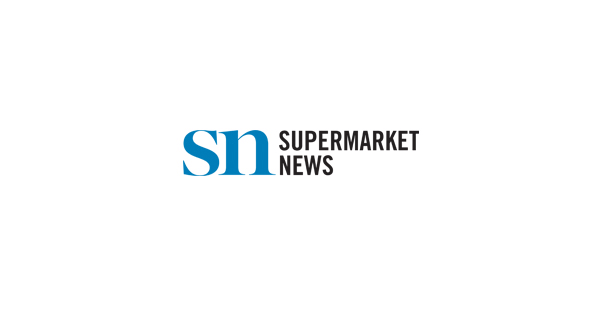Kroger reported a decline in first-quarter earnings on Thursday amid margin pressures in its fuel and pharmacy businesses.
For its first fiscal quarter, which ended May 25, the retailer said net income slipped 1.6%, to $947 million, relative to a year ago, while sales increased 0.2%, to $45.27 billion. Identical store sales, excluding fuel, rose 0.5%.
Kroger said it expected pharmacy margin pressures to continue in the second quarter, which will lead to lower net income in Q2 as well. The company attributed the decline in part to lower margins on GLP-1 treatments and some unexpected regulatory restrictions that dove up its costs for some drugs.
The company confirmed its overall sales and profit guidance for the full year, however.
“Better than expected performance in grocery helped us manage fuel and health and wellness results that were behind expectations,” said Rodney McMullen, chairman and CEO, in a conference call with analysts.
Kroger recorded increases in both household penetration and number of store visits during the quarter, he said. Higher-income customers have continued to spend more, especially in fresh departments, while lower-income customers are also showing some momentum, McMullen said, with growth in customer counts among that demographic group for the first time in more than a year.
The company has been making progress on improving margins throughout the store, including with the expansion of its private-label offerings, McMullen said. Kroger added 346 new private-label products in the first quarter, and it is rolling out a new look for its Simple Truth portfolio of products. Other private labels are slated to be revamped later this year.
Prepared foods represent another area of opportunity, he said, citing the price differential between Kroger’s meal offerings and those of restaurants.
“We see a significant growth opportunity to deliver restaurant-quality meals at an attractive value, and we are expanding our ready-to-heat and ready-to-eat offerings,” McMullen said.
For example, after Kroger revamped its fried chicken recipe, it created a meal bundle that McMullen said can feed a family for $3.50 a person.
Among the highlights of the first quarter was the performance of the company’s digital operations, which saw a sales increase of 8%, including a 17% increase in delivery sales, compared with the first quarter of a year ago. The company said digital engagement with customers was up 9% for the quarter, and the use of digital coupons grew 18%.
Asked about when the company might be able to report a profit on its digital business, McMullen said Kroger is currently “breakeven or even slightly profitable” in some markets, but the company remains focused on driving customer satisfaction and retention, with the expectation that profitability will eventually follow.
Overall, the company said inflation appears to have settled in at a normalized rate of just over 1%, and promotional activity appears to have returned to pre-pandemic levels as well.
“For the first time it finally starts looking and feeling like pre-COVID times,” McMullen said.
Many vendors are seeking to drive unit volumes by offering promotions, and McMullen said there appears to be even more room for additional price promotions throughout the rest of the year.
Kroger itself saw sequential improvement in unit sales in the first quarter, he said, and the company is focused on driving unit sales growth positive by year-end, after the industry overall experienced unit-sales declines in 2023 amid sharp inflationary pressures.


